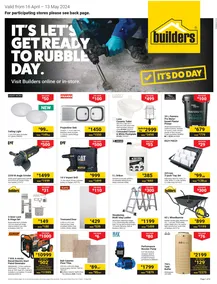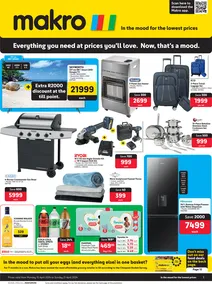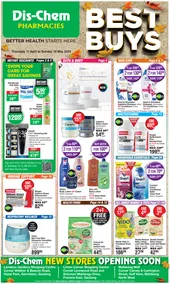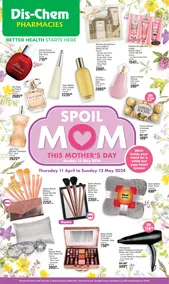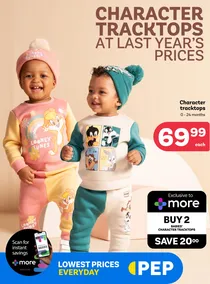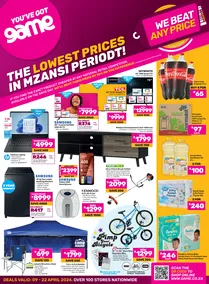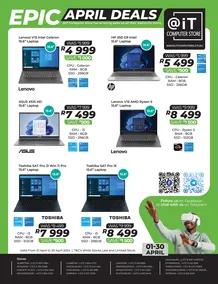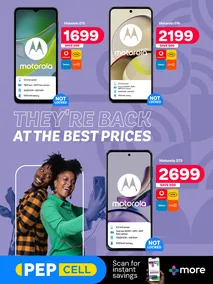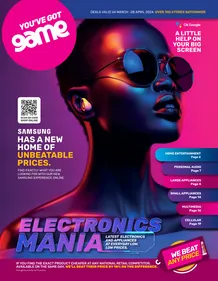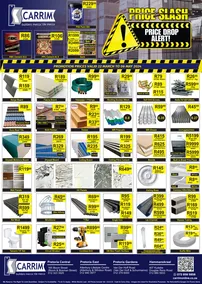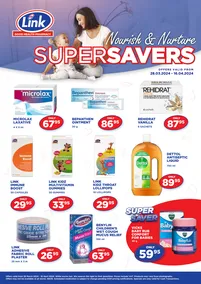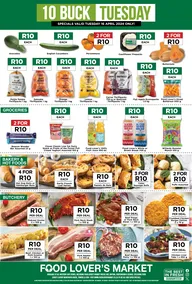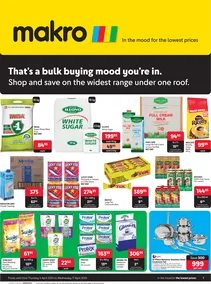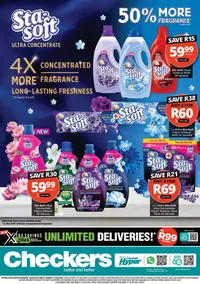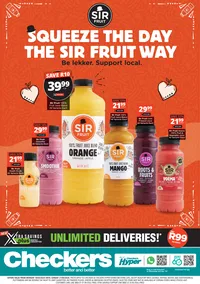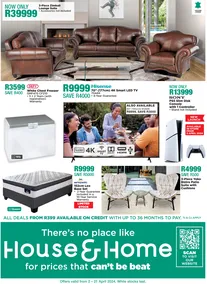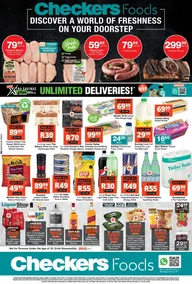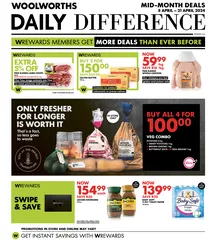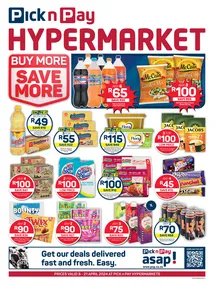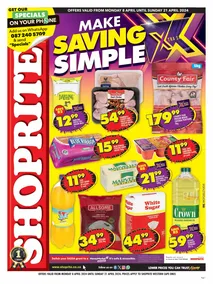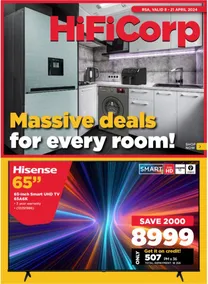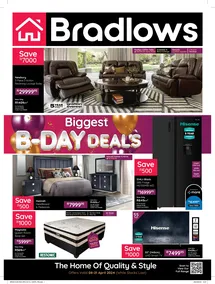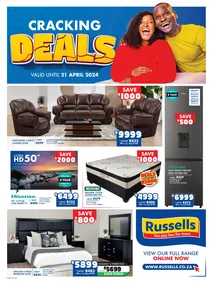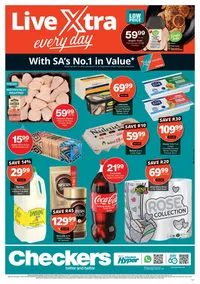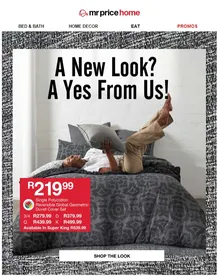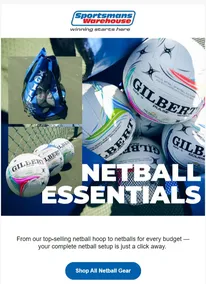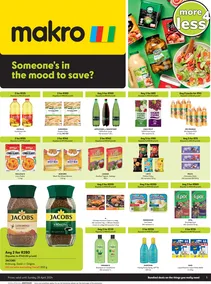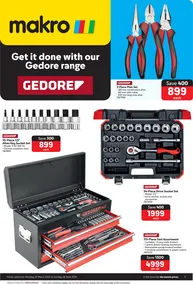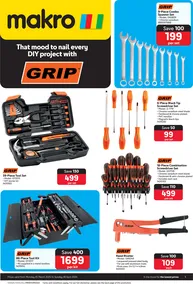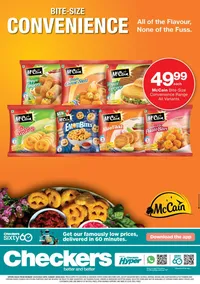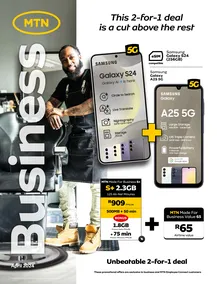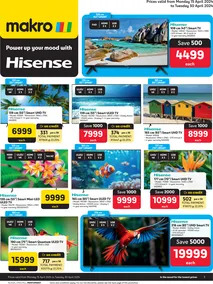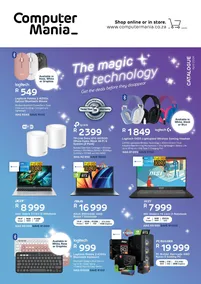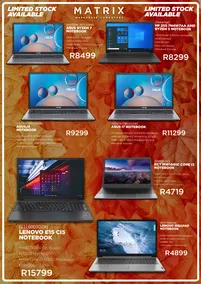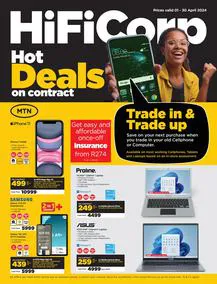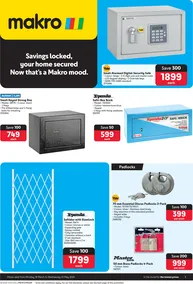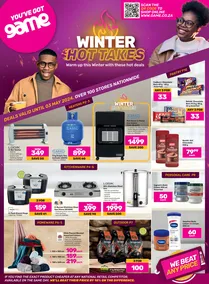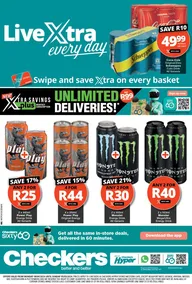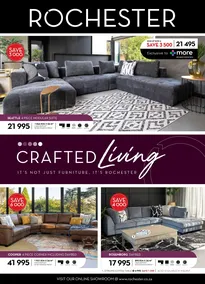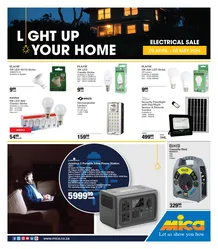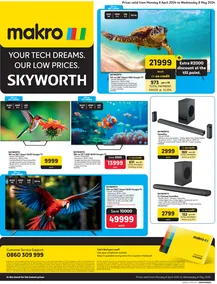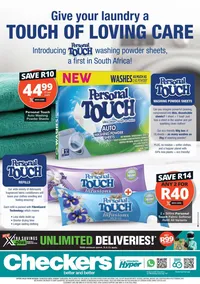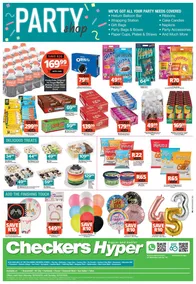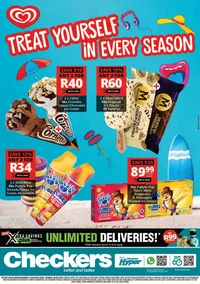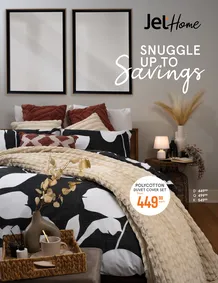How to predict consumer behaviour as a retailer

Consumer behaviour is an integral part of the entire retail chain because consumers are key business drivers.
It refers to how emotions, attitudes and unique preferences affect the relationship between retailers, brands and products.
Consumer behaviour types are generally categorised into four broad categories: variety seeking, habitual buying, complex buying and dissonance-reducing buying.
Knowing how to predict consumer behaviour as a retailer is critical to the survival and sustainability of your business.
This is how you can predict consumer behaviour:
Use predictive analytics
In the current digital age, analytics has become a game-changer in understanding consumer dynamics and gaining vital shopper insights. When predicting consumer behaviour, you need to look for a holistic collection of analytics, such as customer experience analytics, spend analytics, channel analytics, etc.
Web analytics can easily be gathered by tracking the digital footprints of shoppers. Several retail analytics tools exist that can help you in this regard, such as Omnilytics, Numerator Insights, SAP Sales Insight for Retail, Data Weave, etc.
Listen to your customer
Never ignore or underestimate customer feedback. It allows a business to make decisions based on what matters to its consumers or shoppers. Keep records of shopper purchasing patterns and the products they are looking for.
You also need to train your staff to engage shoppers proactively and allow them to articulate their needs. This can be done for both physical and digital stores.
Conduct consumer surveys
Consumer surveys must be part of the retail business plan. You can do surveys to get general feedback on product satisfaction, customer service, store layout, shopping platforms, etc.
To get this done, you can design a simple questionnaire that shoppers can fill in digitally or in print. The questions must be tied to the strategic goals of the business. Responses to these questionaries will easily give you unbiased insights into future consumer behaviour, which will allow you to make strategic retail plans.
Engagement through content
One of the best ways to engage shoppers is by creating unique content and publishing it on different platforms. This content can be videos, articles, infographics and social media posts that visitors to various platforms can engage with and consequently proactively engage with you as a retailer.
Based on this engagement, you will be able to easily predict arising preferences, brand affinity, shopping channel suggestions, etc.
Guzzle, for example, has put in place Retail Talk, a content blog that publishes content focused on product launches, retail and brand trends, product developments, regulatory developments, retail insights, tips, etc. This page records approximately 82,000 sessions a month.
Social, political and economic factors
You need to pay particular attention to shifts in social, political and economic sentiments in the markets you operate in. For example, people start losing jobs due to political developments, you need to know that it will affect the purchasing power of current and
prospective shoppers. Likewise, suppose there is a change in economic policy or barriers to trade.
In that case, you need to realise that the supply of products will be affected, just like many social developments like a pandemic or upcoming social events can all affect consumer behaviour.
By using the guidelines listed above, your retail business will be able to meet current and future consumer needs, which will ultimately assist your business to flourish.
In addition, retailers can count on Guzzle to increase shopper engagement, drive purchasing appetite, and influence shoppers’ decision-making.
Guzzle Media

